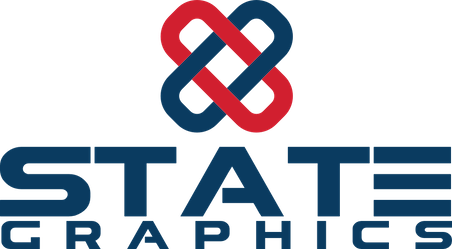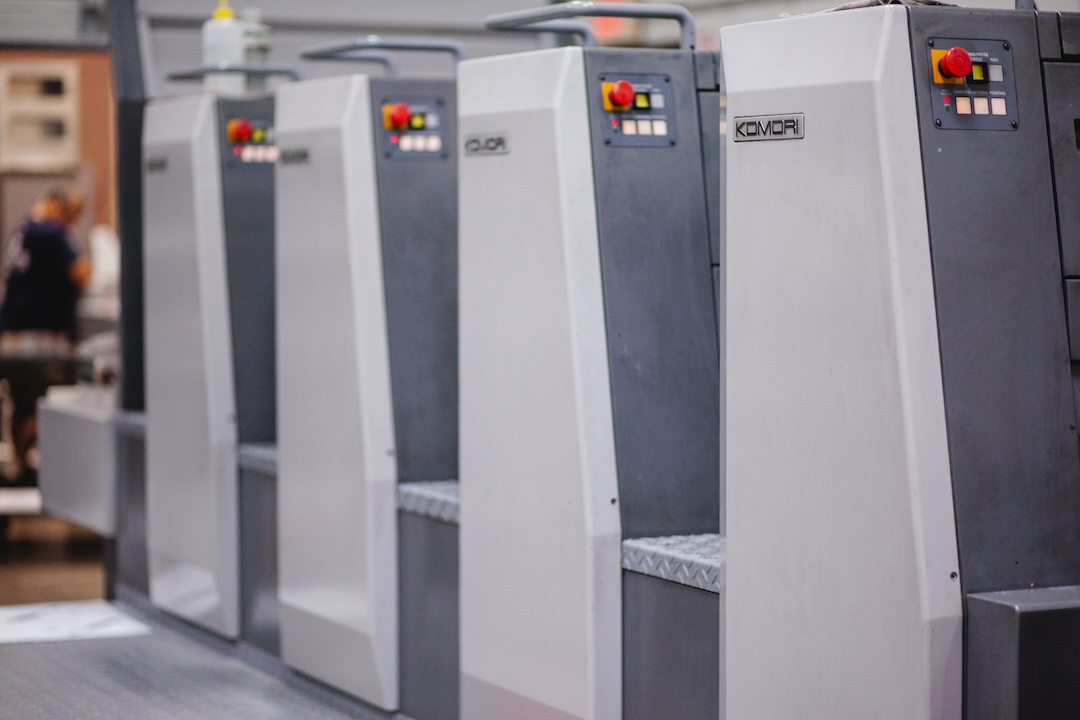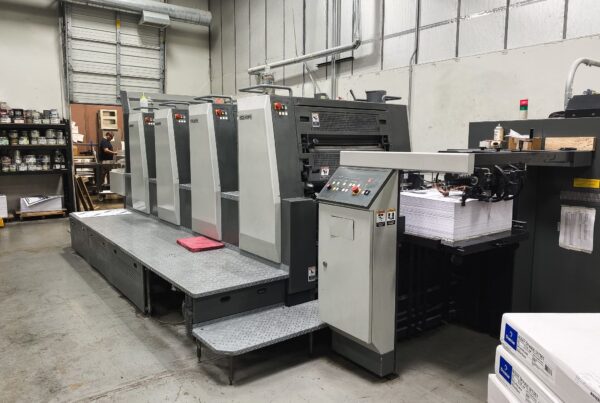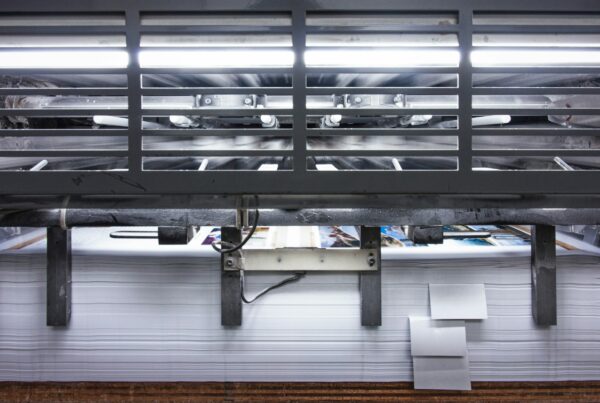Key Takeaways:
-
Offset printing remains one of the most reliable and high-quality printing methods for large-scale projects.
-
This guide explains every step of the offset process, from file preparation to quality control.
-
Businesses can use offset printing for marketing materials, packaging, and publications where precision and color accuracy matter.
-
Understanding cost factors, materials, and environmental options can help you plan and budget more effectively.
-
Comparing offset vs. digital printing ensures you choose the right method for your project.
Offset Printing FAQ
What is the minimum quantity for offset printing?
Most offset printing jobs require a minimum run of 250 to 500 units, depending on the project type. Because setup costs are higher for offset, longer runs help reduce the per-unit cost and make the process more economical.
How does offset printing compare to digital printing?
Offset printing delivers exceptional image clarity, color consistency, and cost efficiency for high-volume projects. Digital printing, on the other hand, is ideal for short runs and quick turnarounds. The best choice depends on your project’s quantity, quality requirements, and budget.
Can offset printing match my exact brand colors?
Yes, offset printing is highly precise when it comes to color matching, especially when using Pantone Matching System (PMS) inks. This level of accuracy is important for brands that require strict color consistency across different print runs and materials.
What types of paper can be used in offset printing?
Offset printing supports a wide range of paper stocks, including coated, uncoated, recycled, textured, and specialty papers. Your choice should reflect your desired aesthetic, budget, and the practical needs of the final product.
How long does a typical offset printing job take?
The timeline for offset printing varies by project complexity, but most jobs are completed within 3 to 10 business days. This includes time for file preparation, proofing, press setup, printing, finishing, and delivery. It’s best to discuss your timeline early to ensure expectations align.
Do you offer design services?
Yes, our in-house design team can help with everything from simple layout adjustments to complete design projects. We can work from your existing brand guidelines or help develop new creative solutions for your printing needs.
Call us at 847-215-2500 today!
Contact Us
We hope to hear from you! Visit our friendly people, or just give us a call. And if you’d like, use the contact form to send some more info!
Locations:
State Graphics – Wheeling
468 Diens Drive
Wheeling, IL 60090
Hours:
M-F 8:00AM-5:00PM
State Graphics – Lake Barrington
22292 N. Pepper Road, Unit C
Lake Barrington, IL 60010
Hours:
M-F 8:00AM-5:00PM
State Graphics – Highland Park
1500 Old Deerfield Road, Unit 5
Highland Park, IL 60035
Hours:
M-F 8:30AM-3:30PM
Email: sales@stategraphics.com
Facebook: https://www.facebook.com/stategraphics
